Links
Tags
Latest Posts
Shunt Resistor versus Hall Effect Technology
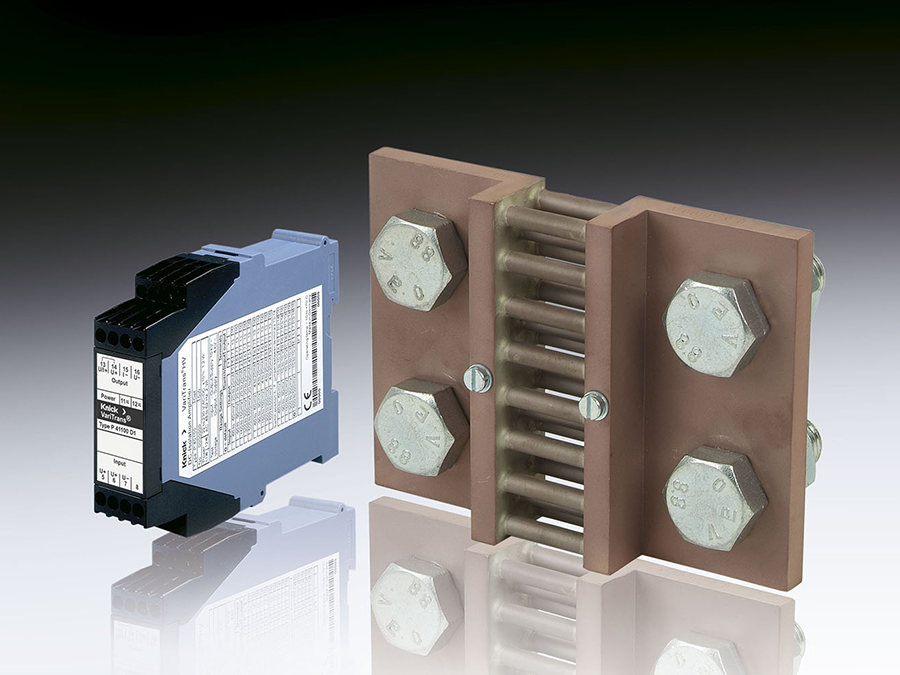
Shunt Resistor versus Hall Effect Technology
Measurement of Large DC Currents
There are many systems where measurement of large DC currents are needed for performance and safety. Two examples are static excitation and rail traction power. These current measurements are often made by one of two main principles: shunt resistor with mV transducer or Hall effect feed-through sensor.
Both sensor principles have existed for decades. For this reason, commercially available sensors of both principles can be regarded as time proven. However, each have their pros and cons, and are mainly tied to the physics of the principle used. If the disadvantage of a sensor is inherently bound to its physics, it is hard or impossible to overcome the problem, regardless of the number of iterations or design changes it has gone through.
If accuracy of the measurement is of particular importance, shunt resistor designs have relevant advantages. Even with documented accuracy specifications, far-field influences of neighboring conductors and sensor position make it almost impossible to assess the total measurement error of a non-contact Hall sensor.
However, if size minimization is necessary for an installation, then Hall effect sensors, with an overall smaller total footprint, could be considered. This is due to shunt measurement requiring a two-piece system, the shunt resistor, which would have a footprint directly proportional to the amount of current being measured, coupled with a corresponding mV transducer.
Conclusion
If ensuring accuracy with current measurements is of primary importance, then a shunt resistor with a corresponding mV transducer is likely the best option to consider. Due to the effects of various external influences such as temperature, positioning of sensor and conductor, stability and coupling of auxiliary power supply, and high current events that might be eventually seen, the initial and sustained accuracy of Hall effect sensors is very difficult to assess.
If other considerations within an application outweigh the benefits of accuracy seen with a shunt and mV transducer package, then Hall effect sensors could be further evaluated. This might include a project where space is limited to incorporate a shunt, and where this available space might heat up if a shunt were to be housed within it, due to power dissipation.
However, convenience with the installation and downstream maintenance should also enter into decision making. Here, the shunt and mV transducer show further advantages, due to compatibility with standard control systems, and ease with initial mounting and potential replacement.
The following chart offers a further comparison of the two technologies, with advantages for each technology highlighted in green, accordingly.
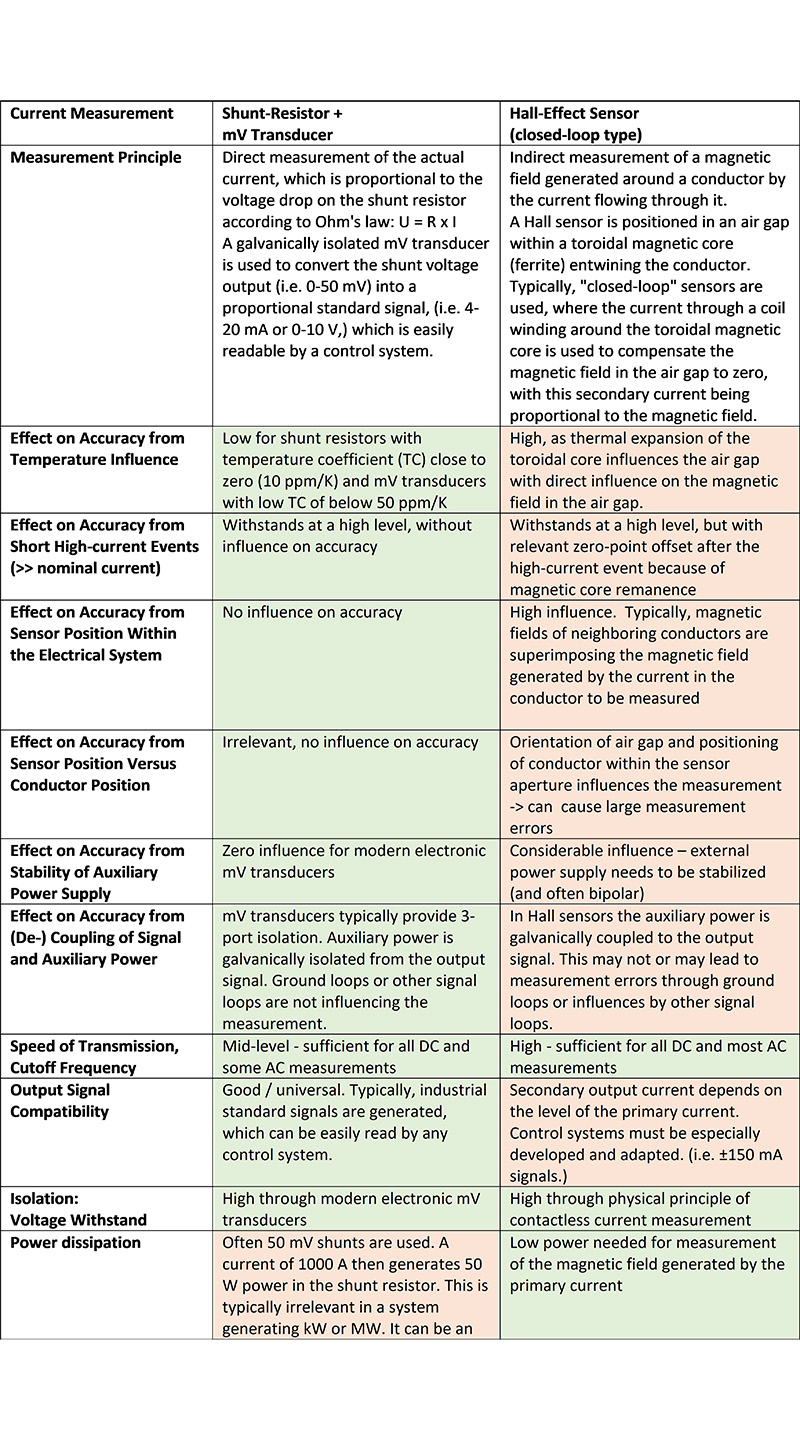
Latest Posts
Ähnliche Blogposts

Nov. 2025
Interface Technology
High-Voltage Transducer, USA, Data Centers
The Power Behind Data AI & Data Centers

Nov. 2025
Interface Technology
USA, Temperature Transmitter
Hochisolierte Temperaturmessung bei KEMA Labs
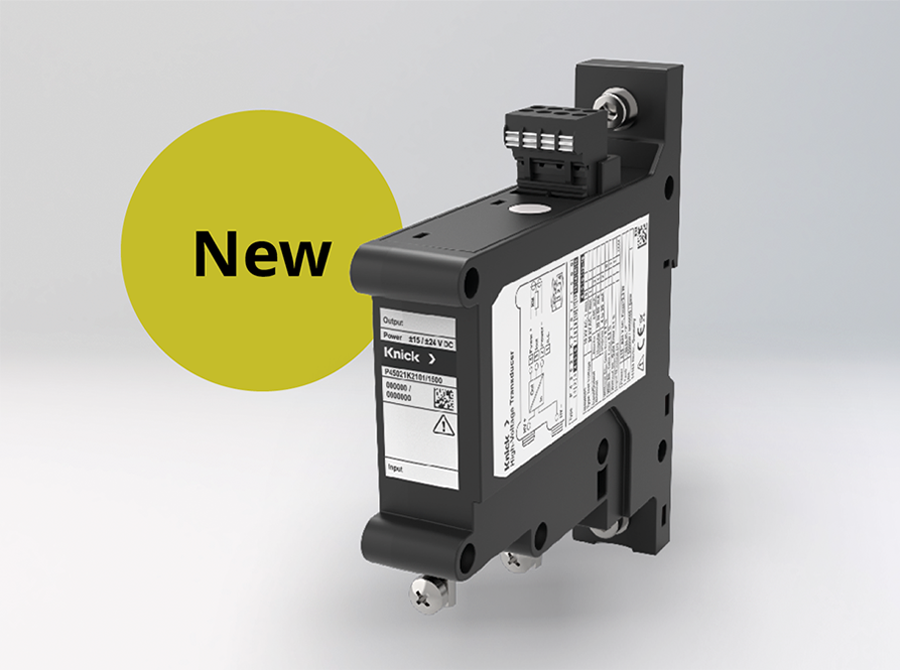
Sept. 2025
Interface Technology
P45000, SIL
Hohe Spannungen in industriellen Anwendungen funktional sicher messen

Sept. 2025
Interface Technology
High-Voltage Transducer, Railway, USA
Modernisierung von Bahninfrastruktur mit Knick Hochspannungs-Trennverstärkern und Dewesoft DAQ-Systemen
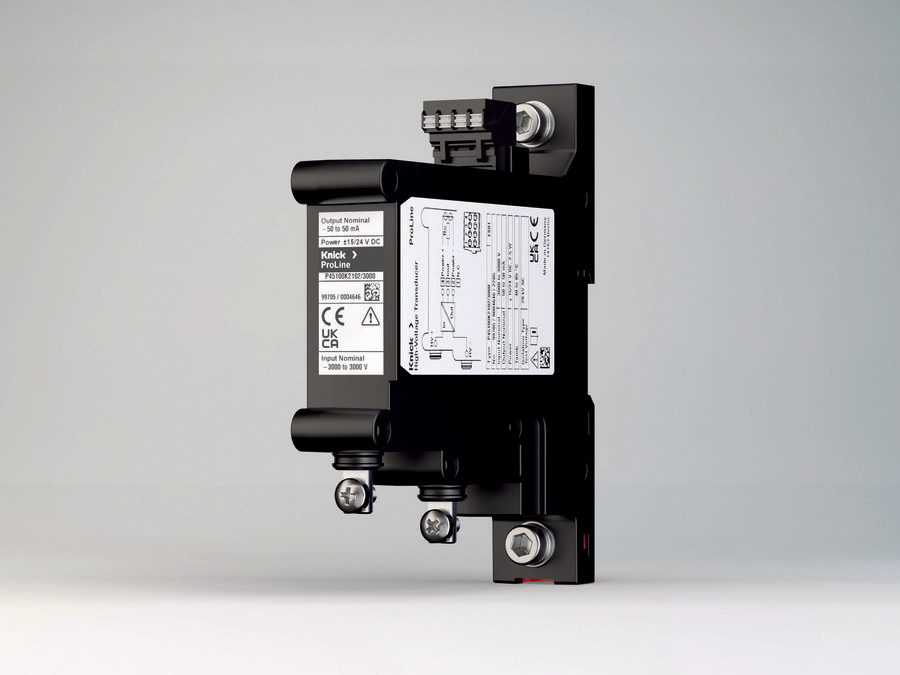
Juni 2025
Interface Technology
P45000, SIL, Energy
P45000 SIL 2 / SIL 3: Spannungsmessungen in Anwendungen mit funktionaler Sicherheit
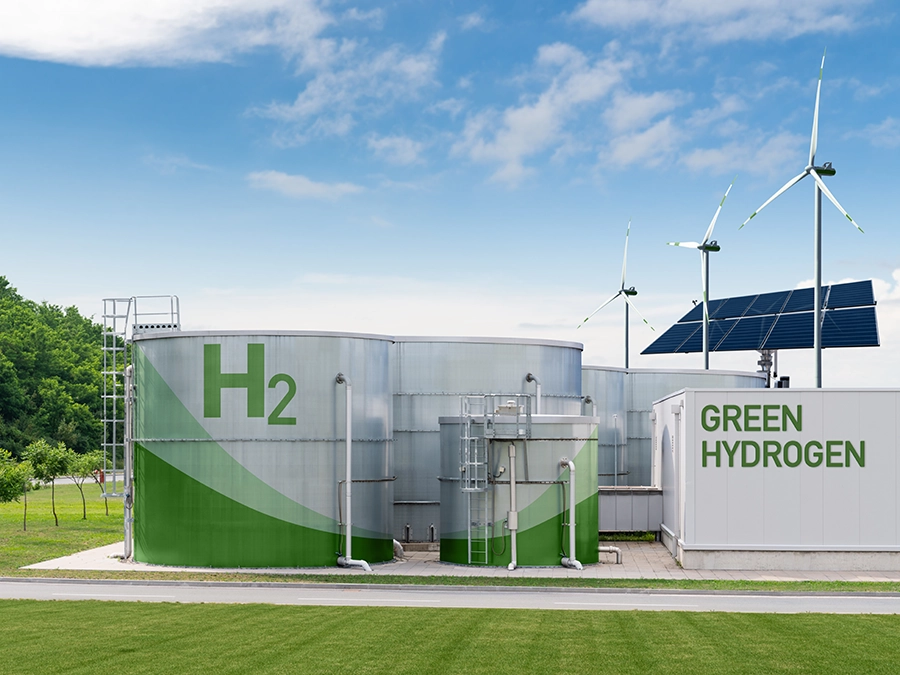
Sept. 2024
Interface Technology
Hydrogen
Stack- und String-Spannungsmessung in Elektrolyseuren und Brennstoffzellen
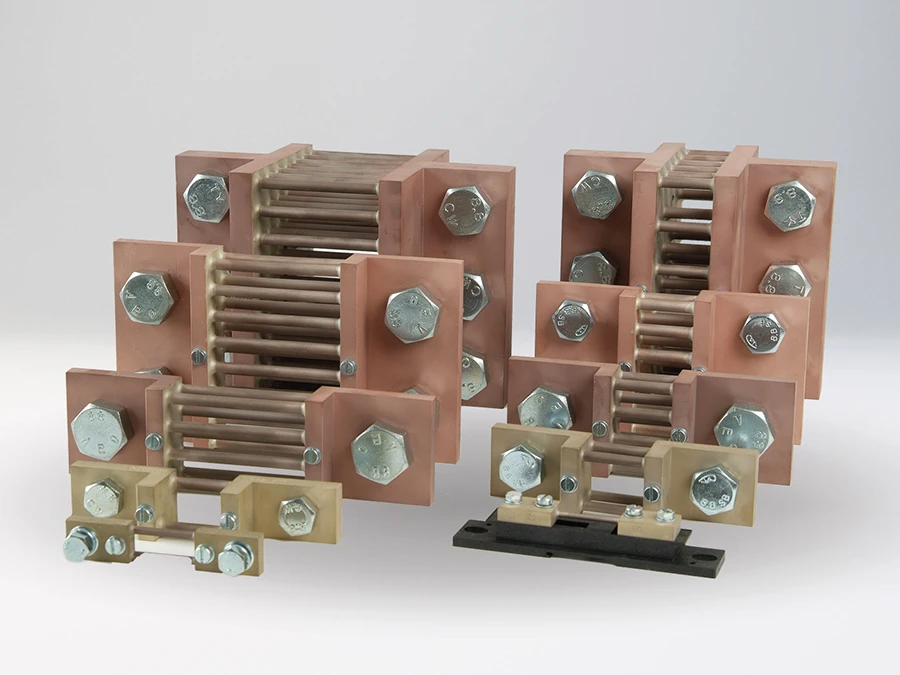
Sept. 2024
Interface Technology
Neue 30 mV Shunt-Widerstände für Knick-Messumformer
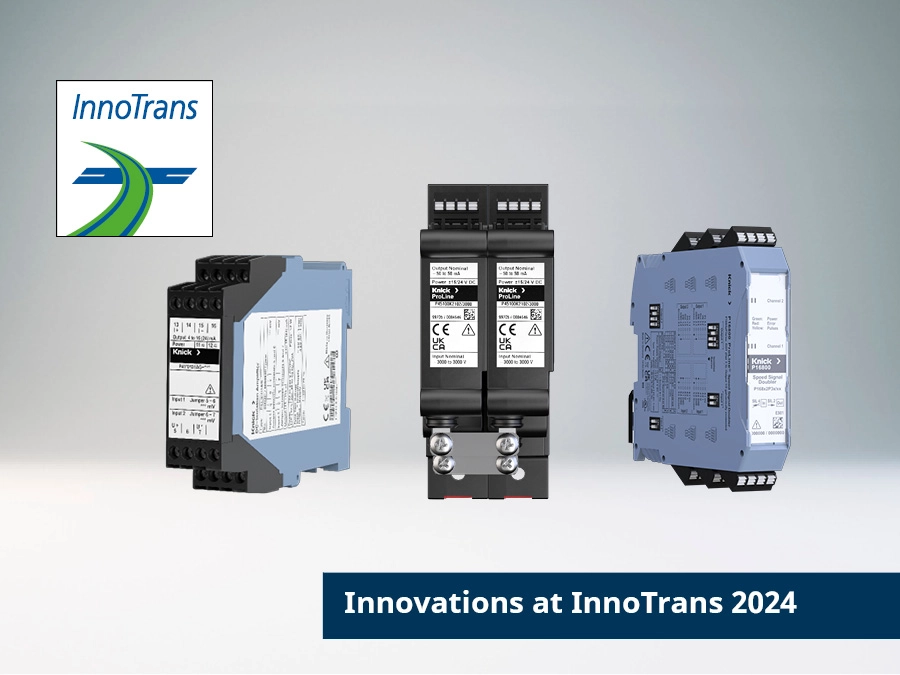
Sept. 2024
Interface Technology
Exhibition, InnoTrans
Innovationen auf der InnoTrans 2024 für Schienenfahrzeuge und DC-Bahnstromversorgung

Mai 2022
Interface Technology
Energy
Energiespeicherung - Der Brückenschlag zwischen erneuerbarer Energie und Elektrofahrzeugen
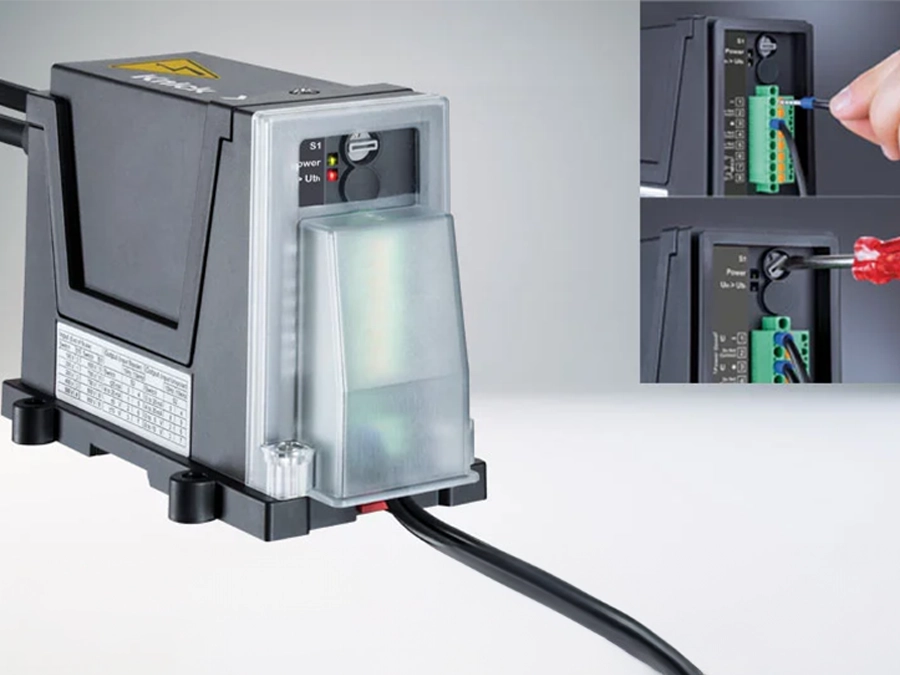
Feb. 2022
Interface Technology
P52000VPD, Voltage
Spannungsmelder P52000VPD erkennt zuverlässig Spannungen bis 4200 V DC
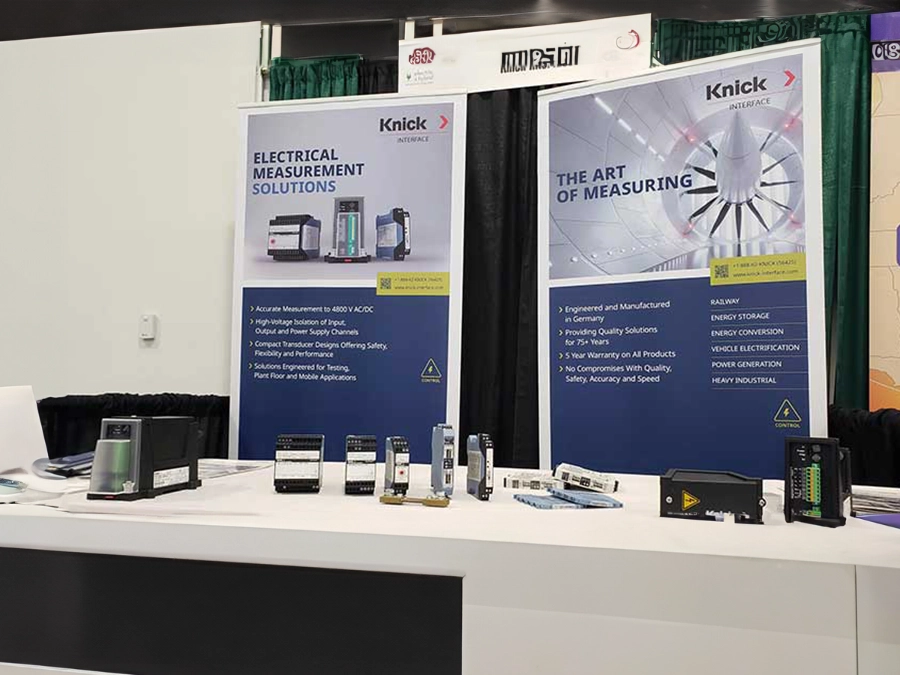
Sept. 2021
Interface Technology
USA, Exhibition
Knick Interface auf der Battery and Electric & Hybrid Vehicle Technology Messe
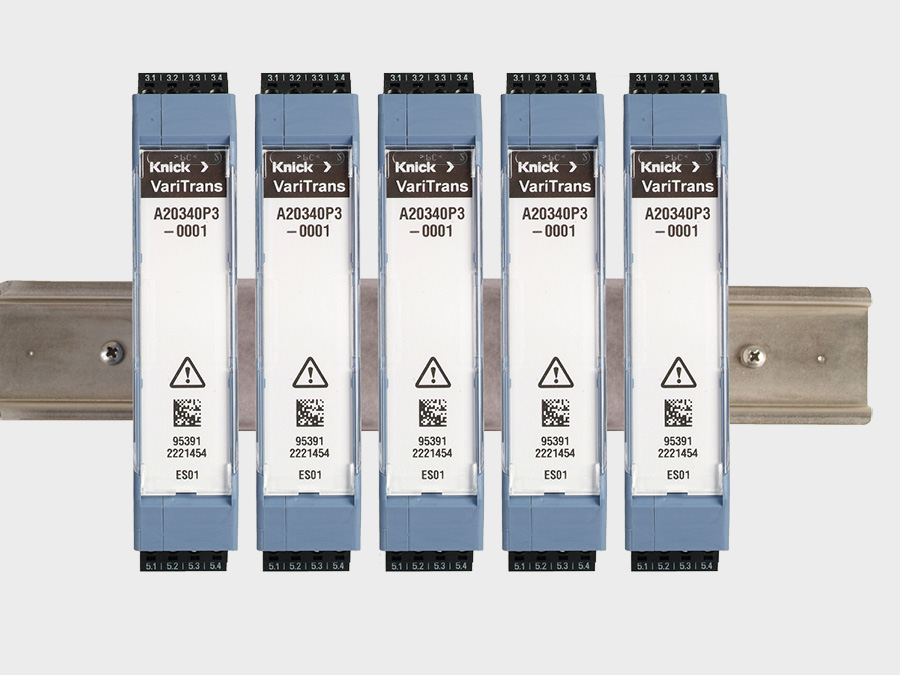
Mai 2021
Interface Technology
VariTrans A20340 - Vervierfachung von Normsignalen in nur einem Trennverstärker

Apr. 2021
Interface Technology
Hydrogen
Elektrische Messtechnik und Prozessanalyse für die Wasserstoffproduktion
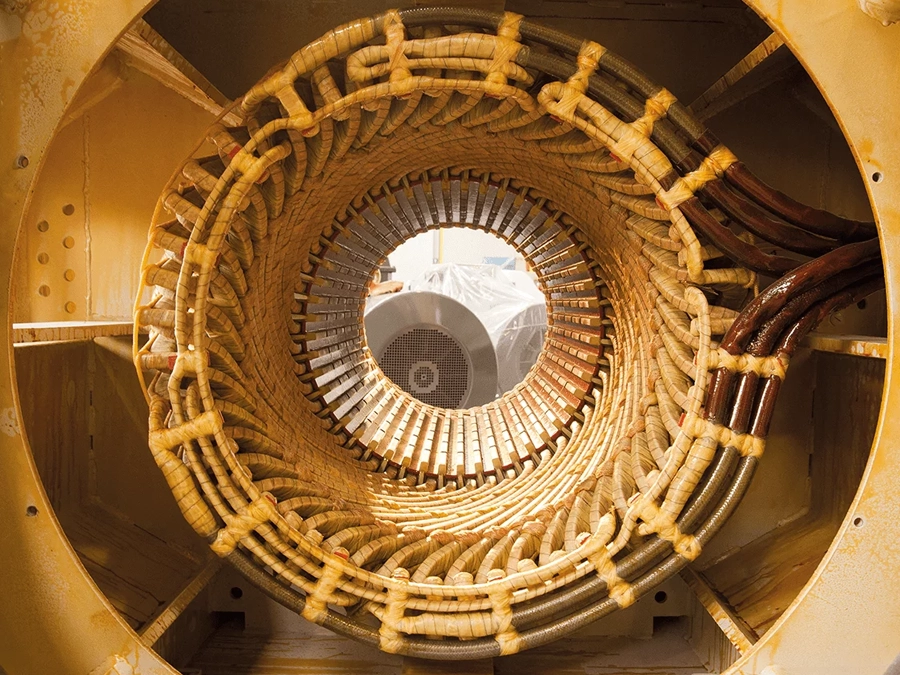
März 2021
Interface Technology
High-Voltage Transducer, USA, P44000
Condition Monitoring of High-Voltage Motors
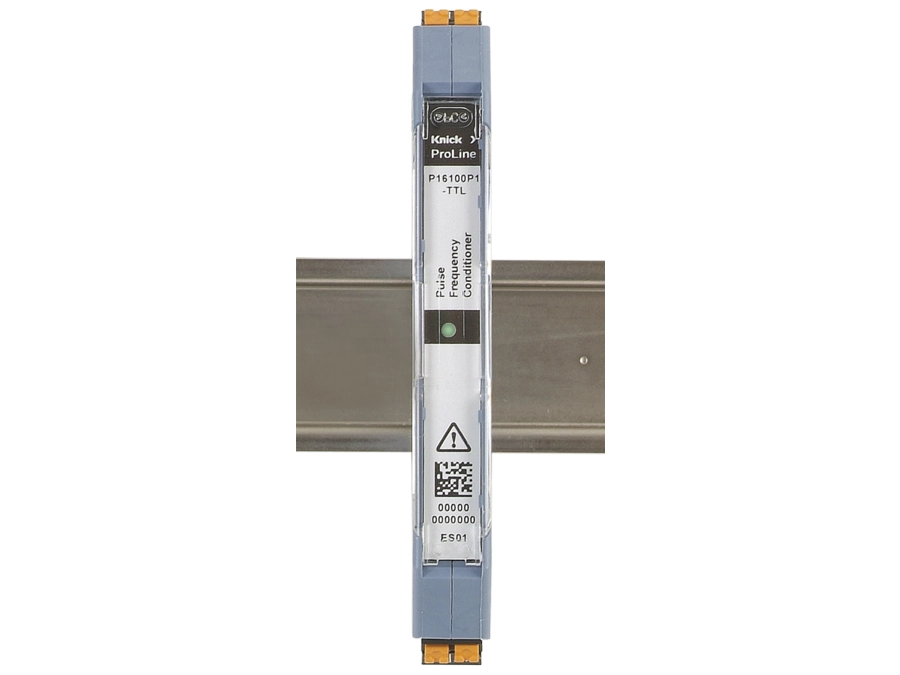
März 2021
Interface Technology
Frequenz-Messumformer für Drehzahlsensoren
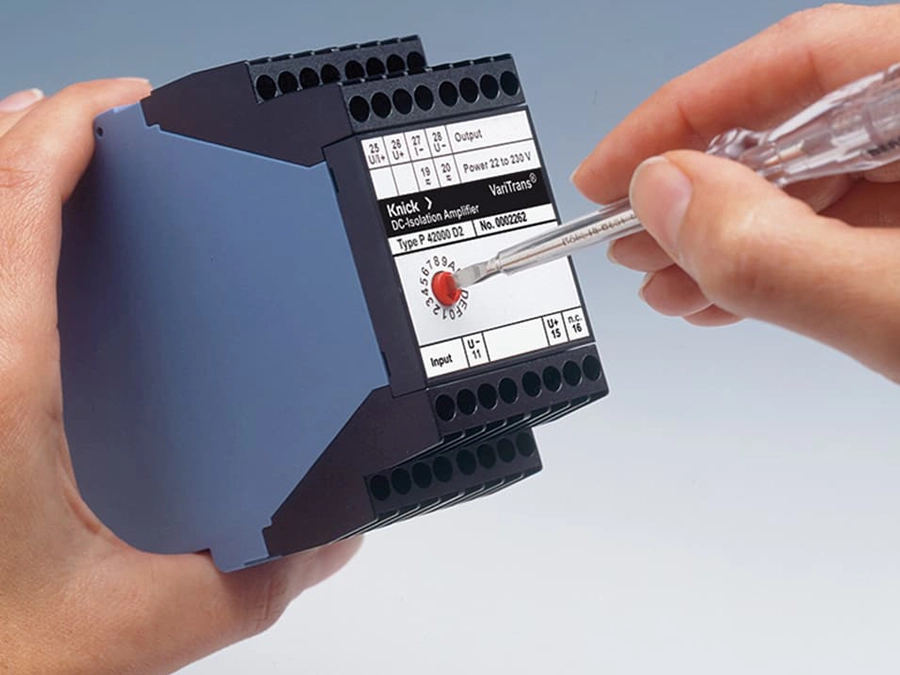
Nov. 2020
Interface Technology
High-Voltage Transducer, Voltage, P42000D2
Weltweit kompaktester Trennverstärker bis ±2200 V
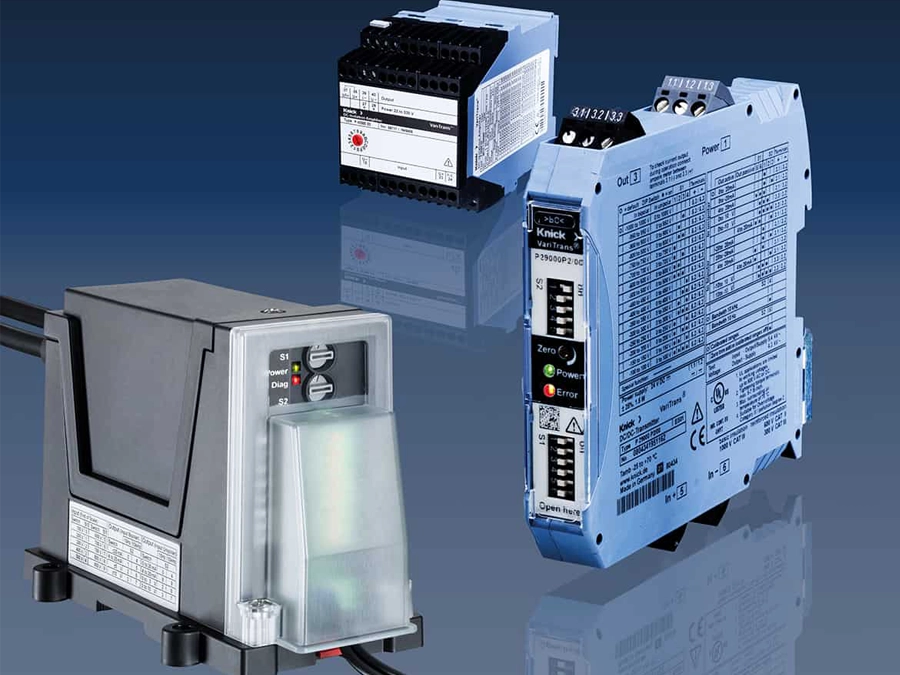
Aug. 2020
Interface Technology
DC
Bedeutung von Weitbereichsnetzteilen für die elektrische Gleichstrommessung
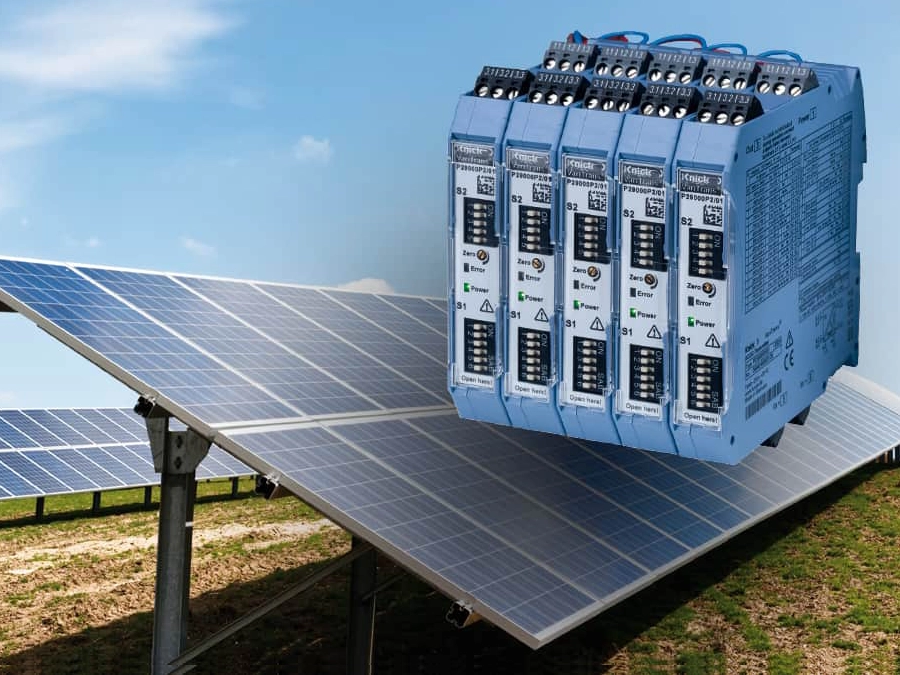
Juli 2020
Interface Technology
High-Voltage Transducer, DC, P29000
Messung der Photovoltaikdegradierung
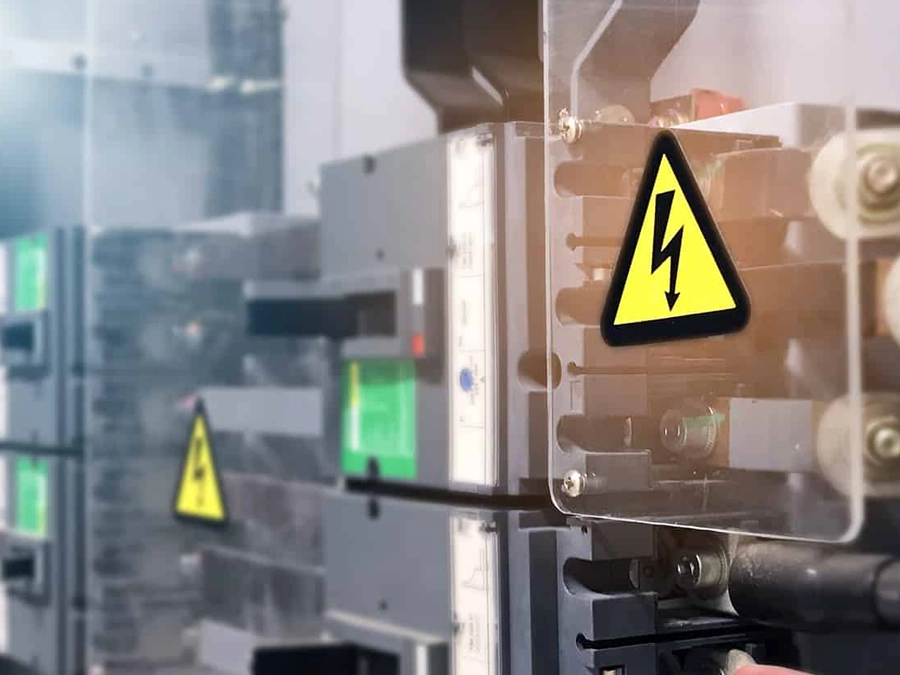
Juni 2020
Interface Technology
High-Voltage Transducer, USA
Elektrische Messlösungen: Kontrolle von 480 bis 4800 Volt
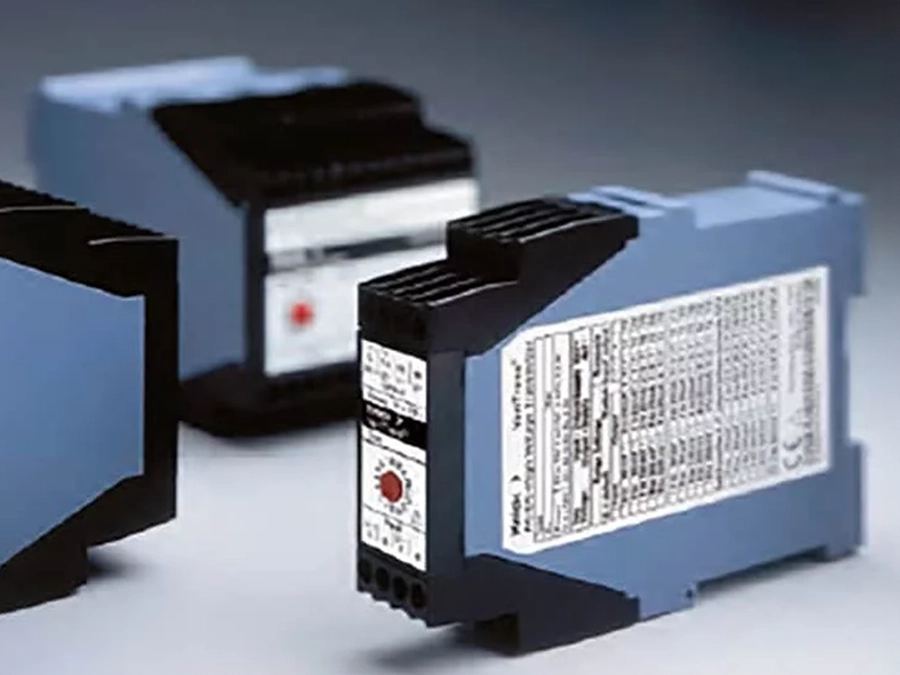
Juni 2020
Interface Technology
High-Voltage Transducer
Vorteile von Hochspannungs-Trennverstärker gegenüber Messumformern

Nov. 2019
Interface Technology
DC, USA, Current
Shunt Resistor versus Hall Effect Technology

März 2018
Interface Technology
MTBF über 3000 Jahre: Ein Karabinerhaken für Ihre Anlage
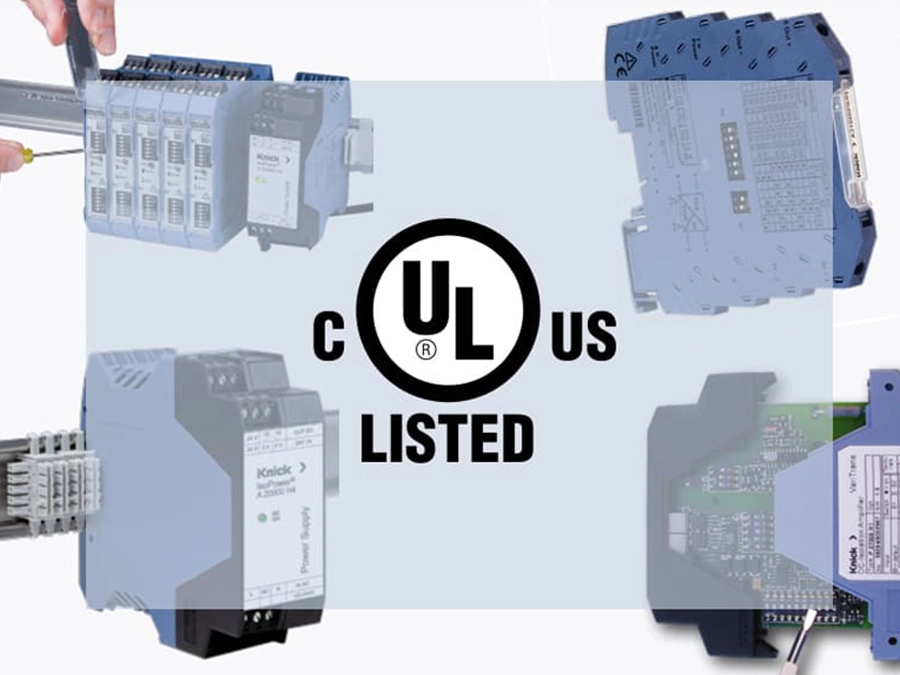
Jan. 2018
Interface Technology
UL
Knick-Produkte entsprechend den UL Standards – Was bedeutet das?
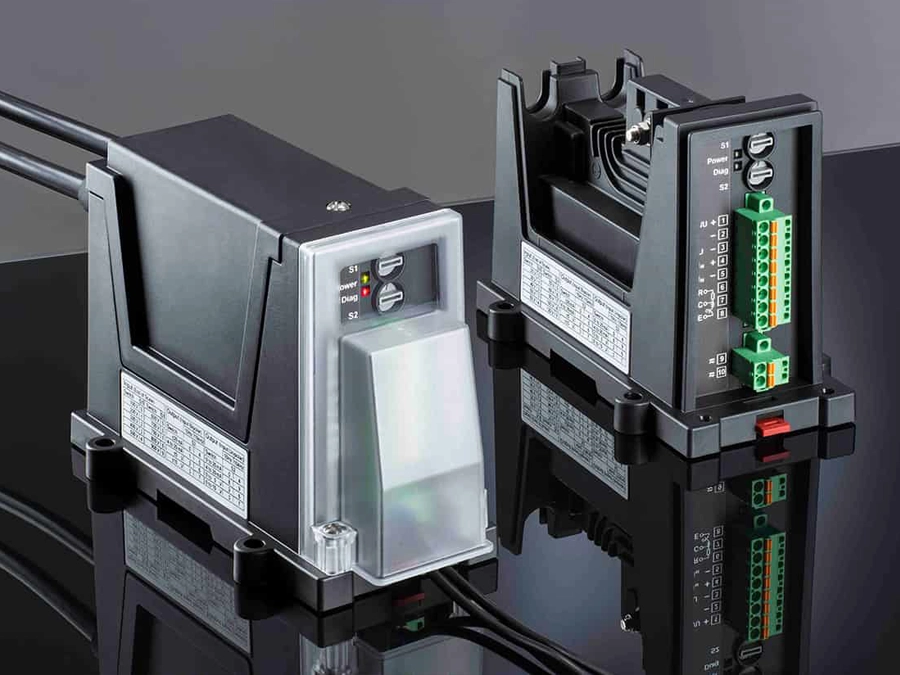
Nov. 2017
Interface Technology
High-Voltage Transducer, P50000
Hochspannungs-Messumformer für mehr Sicherheit auf Bahnfahrzeugen

Feb. 2017
Interface Technology
P41000TRMS
Messung des echten Effektivwerts mit VariTrans P 41000 TRMS
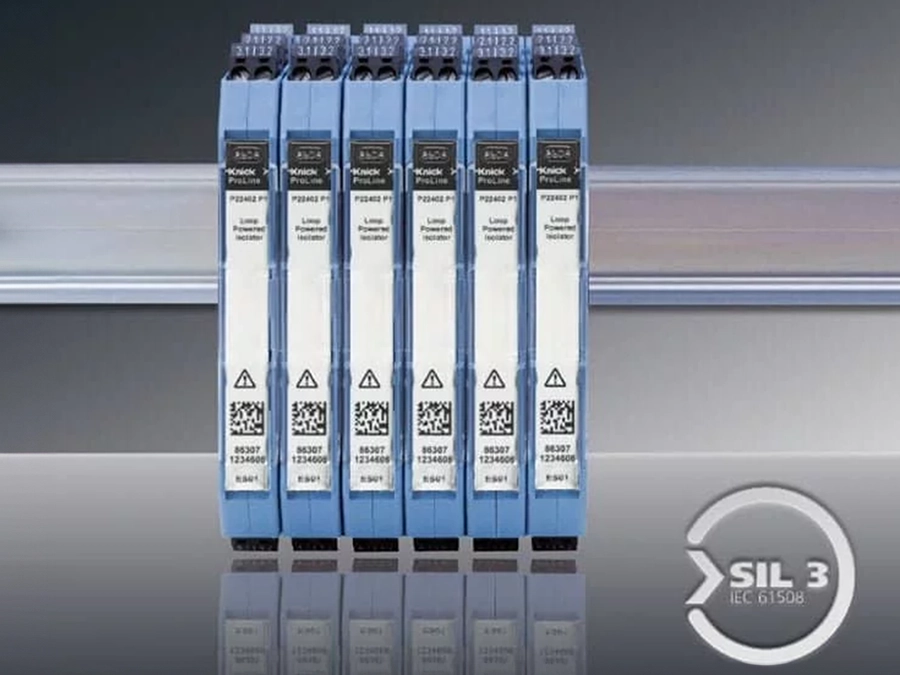
Feb. 2017
Interface Technology
SIL, P22400


